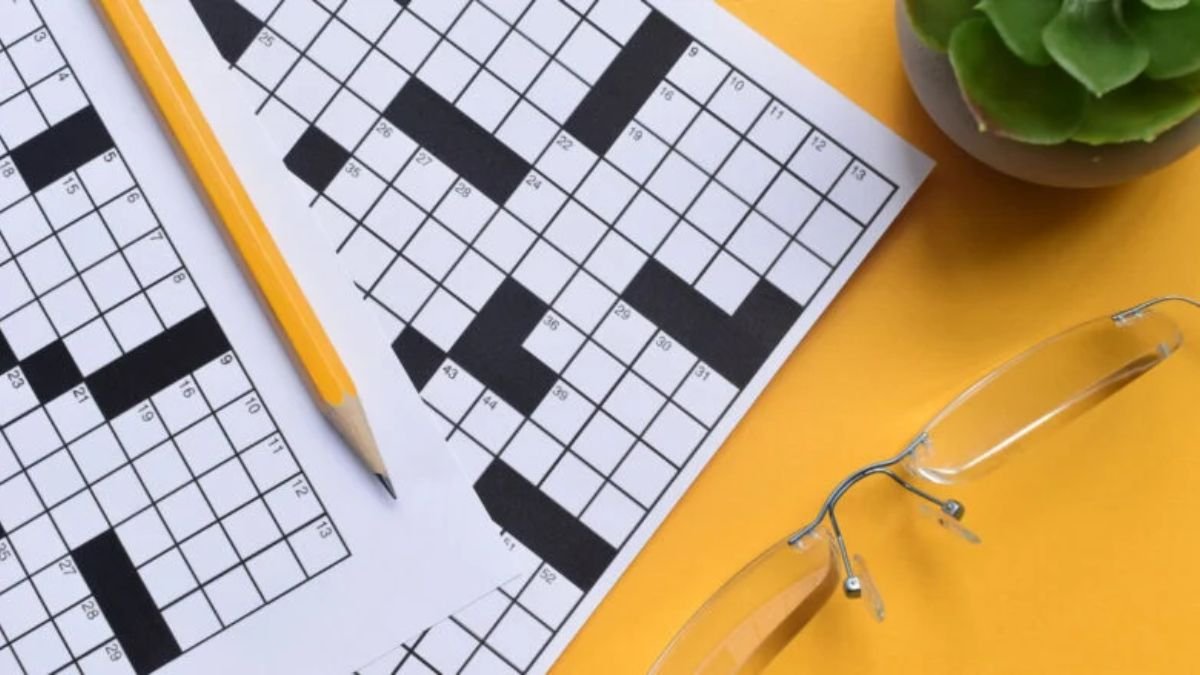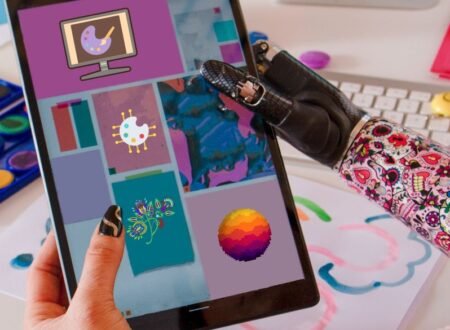For puzzle booster and wordsmiths alike, The New York(NYT) Times Crossword is loved for mental workout. It is a network of complex words and phrases that challenge and entertain, but for the beginners, it can be a discouraging task. In this article, we’ll turn over into a simple so far impressive strategy to tackle the NYT Crossword puzzle learning four key digits.
The Basics of the NYT Crossword:
The New York Times (NYT) Crossword is a daily puzzle that has been movement and gripping solvers since its beginning in 1942. This puzzle follows a normal format type. Which is with a grid of black and white squares and clues provided for each entry on it. The challenge lies in hinting the clues to fill in the correct words both in horizontally and vertically.
The four digits we are about to look into are not a secret code but a drawback device that can importantly ease the process of cracking the crossword.
Digit 1: The Three Letter Rule:
Begin with the basics of three letter words. These small stone are the building blocks of many crossword puzzles. Memorize common three letter words such as “and” “the” “but” and “not.” They often appear in hint and can answer as important connectors between longer words.
Digit 2: Vowels Are Your Allies:
Vowels are the unknown heroes of the crosswords. They give the necessary sounds that connect the consonants and form meaningful words. Memorize the vowels (A, E, I, O, U), and you will find yourself unstained completing sections of the puzzle. When you are in doubt, try to plot different vowels to see if a word rise upor change further.
Digit 3: Prefixes and Suffixes Unveiled:
With the help of understanding prefixes and the suffixes can be a game changer. Prefixes are added at the beginning of a word. Where as suffixes are added at the end of the word. Most commonly used prefixes include “pre” “un” and “re”. And the most common suffixes include “ing,” “ed,” and “ly.” Learning these can help you deduct unacquainted words by breaking them down into common parts.
Digit 4: Synonyms and Word Associations:
Spread out your vocabulary by familiar synonyms with common words. For example, if a clew hints at “big” think of synonyms like “large,” “huge,” or “vast.” Having a mental wordbook can be priceless when you target tricky hint that require a bit or lot of creative thinking.
Putting the Digits into Practice:
Now that you have memorized these four digits, now put them into action with a step by step guide to solve a sample crossword puzzle. Some of the tricks are described below.
1. Start with the Three-Letter Words:
- Scan the hints for any three letter words and fill them in instantly.
- Use these small words as hook to begin build up longer words.
2. Utilize the Power of Vowels:
- Identify clues with a significant number of vowels. Start inserting the vowels to form potential words.
- If a word starts to make sense but is unfamiliar, consider the possibility of it being a prefix or suffix.
3. Decode Prefixes and Suffixes:
- Look for clues with hyphens or compound words. Identify potential prefixes and suffixes.
- Use your knowledge of common prefixes and suffixes to complete these entries.
4. Employ Synonyms and Word Associations:
- When faced with challenging clues, think of synonyms or related words.
- Don’t be afraid to erase and reevaluate your answers if new clues provide better insights.
Conclusion:
Learning the NYT Crossword doesn’t require a huge vocabulary or comprehensive knowledge. By focusing on the four digits three, letter words, vowels, prefixes and suffixes, and synonyms you’ll be prepared with a important approach to with confidence and conquer the puzzle. Practice, patience, and a willingness to learn from each solved puzzle will turn you into a master of crossword puzzle.
FAQs
Q: What is the hardest day in the crossword puzzle?
Ans: The hardest day in the crossword puzzle is Saturday which almost so hard to do.
Q: When were the Four Digits to Master the NYT Crossword invented?
Ans: The Four Digits to Master the NYT Crossword were invented in 1942 and instantly started to get fame and became popular all around the world in a very short period of time.






